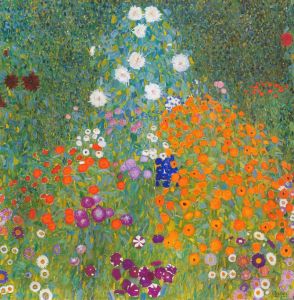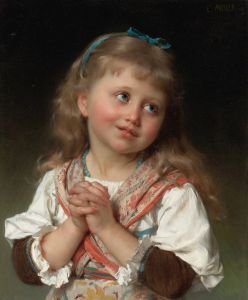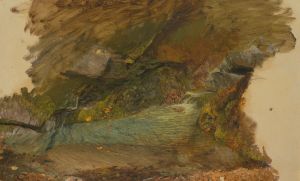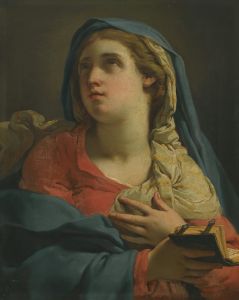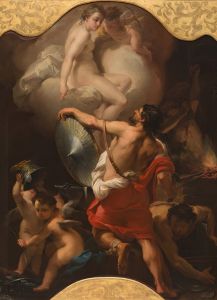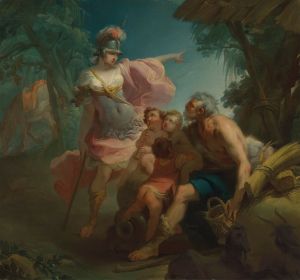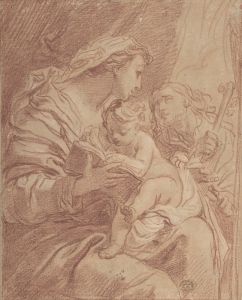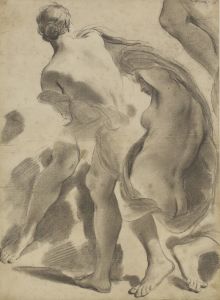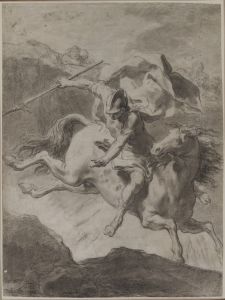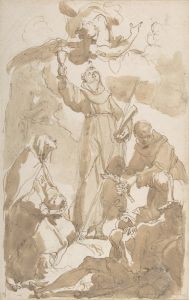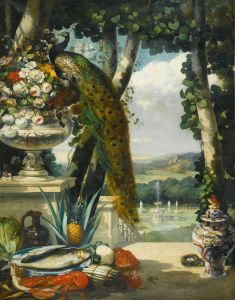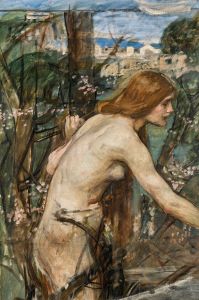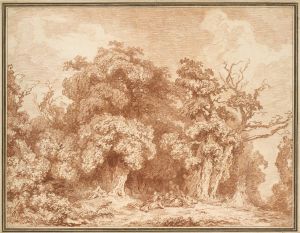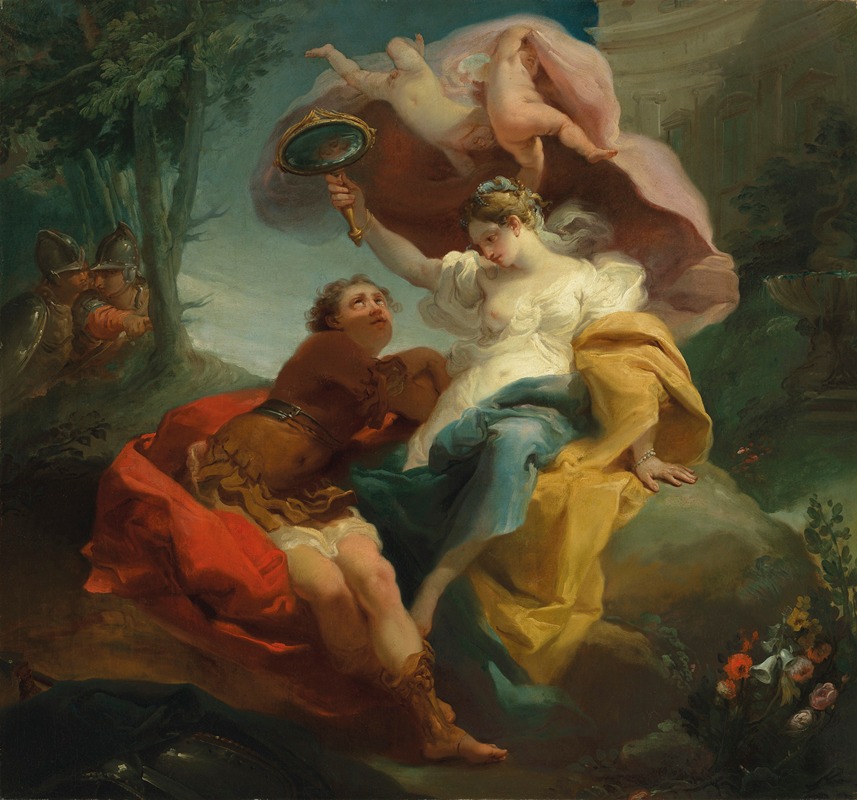
Rinaldo and Armida in the Garden of Delights
A hand-painted replica of Gaetano Gandolfi’s masterpiece Rinaldo and Armida in the Garden of Delights, meticulously crafted by professional artists to capture the true essence of the original. Each piece is created with museum-quality canvas and rare mineral pigments, carefully painted by experienced artists with delicate brushstrokes and rich, layered colors to perfectly recreate the texture of the original artwork. Unlike machine-printed reproductions, this hand-painted version brings the painting to life, infused with the artist’s emotions and skill in every stroke. Whether for personal collection or home decoration, it instantly elevates the artistic atmosphere of any space.
Gaetano Gandolfi was an Italian painter of the late Baroque and early Neoclassical periods, known for his dynamic compositions and vibrant use of color. One of his notable works is "Rinaldo and Armida in the Garden of Delights," which captures a scene from the epic poem "Gerusalemme Liberata" (Jerusalem Delivered) by the Italian poet Torquato Tasso. This poem, first published in 1581, is a romanticized account of the First Crusade, blending historical events with fantastical elements.
The painting "Rinaldo and Armida in the Garden of Delights" depicts a moment from the story where the Christian knight Rinaldo is enchanted by the sorceress Armida. In Tasso's narrative, Armida is sent by the enemy to disrupt the Christian army, but she falls in love with Rinaldo. The scene in the painting likely portrays the lush, idyllic garden where Armida holds Rinaldo captive with her charms. This setting is often described as a place of sensual beauty and temptation, reflecting the poem's themes of love and conflict.
Gandolfi's interpretation of this scene would have been influenced by the artistic styles of his time. As a painter active in the late 18th century, Gandolfi was part of the Bolognese school, which was known for its emphasis on drawing and the use of dramatic contrasts of light and shadow. His work often features fluid, expressive figures and a keen attention to detail, characteristics that would have been employed to bring the mythical garden and its inhabitants to life.
The painting is a testament to Gandolfi's skill in capturing the emotional intensity of his subjects. The figures of Rinaldo and Armida are likely rendered with a sense of movement and tension, reflecting the inner turmoil of the characters as they navigate their conflicting duties and desires. The garden itself would be depicted with rich, vibrant colors, emphasizing the allure and danger of Armida's magical realm.
"Rinaldo and Armida in the Garden of Delights" is an example of how artists of the Baroque and Neoclassical periods engaged with literary sources to explore complex human emotions and moral dilemmas. Gandolfi's work, like that of many of his contemporaries, serves as a visual interpretation of literary themes, offering viewers a glimpse into the cultural and artistic milieu of 18th-century Italy.
While specific details about the painting's current location or provenance may not be readily available, Gaetano Gandolfi's contributions to art are well-documented, and his works continue to be studied for their technical mastery and emotional depth. His paintings, including "Rinaldo and Armida in the Garden of Delights," remain significant for their ability to convey the drama and beauty of their subjects, bridging the gap between literature and visual art.





